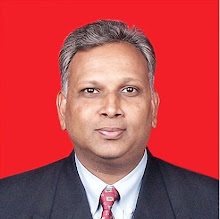| Someone with a laptop, accessed Haywood's wi-fi, sent the e-mail and left the premises.
With wi-fi, a person need not visit a cybercafe to send an e-mail. If suppose the Vidhan Soudha or M G Road area in Bangalore were made wi-fi, it takes anyone just minutes to access the net and dash a mail. It would be the same if it is in the vicinity of corporate offices, wi-fi enabled airports, hotels, etc.
Last weekend's sending of the e-mail is an indication of the ease with which technology can be misused. Right now, the Bengaluru International Airport is the only public place in the IT hub which is wi-fi enabled.
Now comes the question of access-control to these facilities as well as how secure these technologies are.
Before wi-fi was introduced in India, the Intelligence Bureau was learnt to have demanded that there be adequate access control mechanisms so that people accessing or owning it could be identified. However, this proposal was rejected as the Government did not want to come in the way of introduction of new technologies.
At present, there is no uniform system of control over wi-fi access. Following the concerns expressed by the IB, the Home Ministry is understood to be examining a proposal to ask authorities to ensure that wi-fi systems can be logged on only after keying in a user name and password. With this, say authorities, every user of a particular wi-fi can be tracked down. | 
No comments:
Post a Comment